Stats and cats: Herding numbers in large classrooms
Step into Anna Fergusson’s classroom, where STATS 220: Data Technologies is more than just a course—it’s an adventure in data science. Students learn R programming, not just as a skill but as a gateway to creativity and effective communication in large, tech-driven, blended learning environments.

TEL & its immediate feedback loop
Anna’s innovative use of technology allowed her to establish an immediate feedback loop. Her approach was to go beyond the standard multi-choice quizzes, instead inviting students to actively participate in creation and analysis of contents during lectures in real time. For example, students would use a tool to draw their anonymous interpretation of ‘data’, which Anna would then, to everyone’s delight, project onto the screen for collective analysis. This not only engages students but also makes the data they are working with visible, tangible, and exciting.
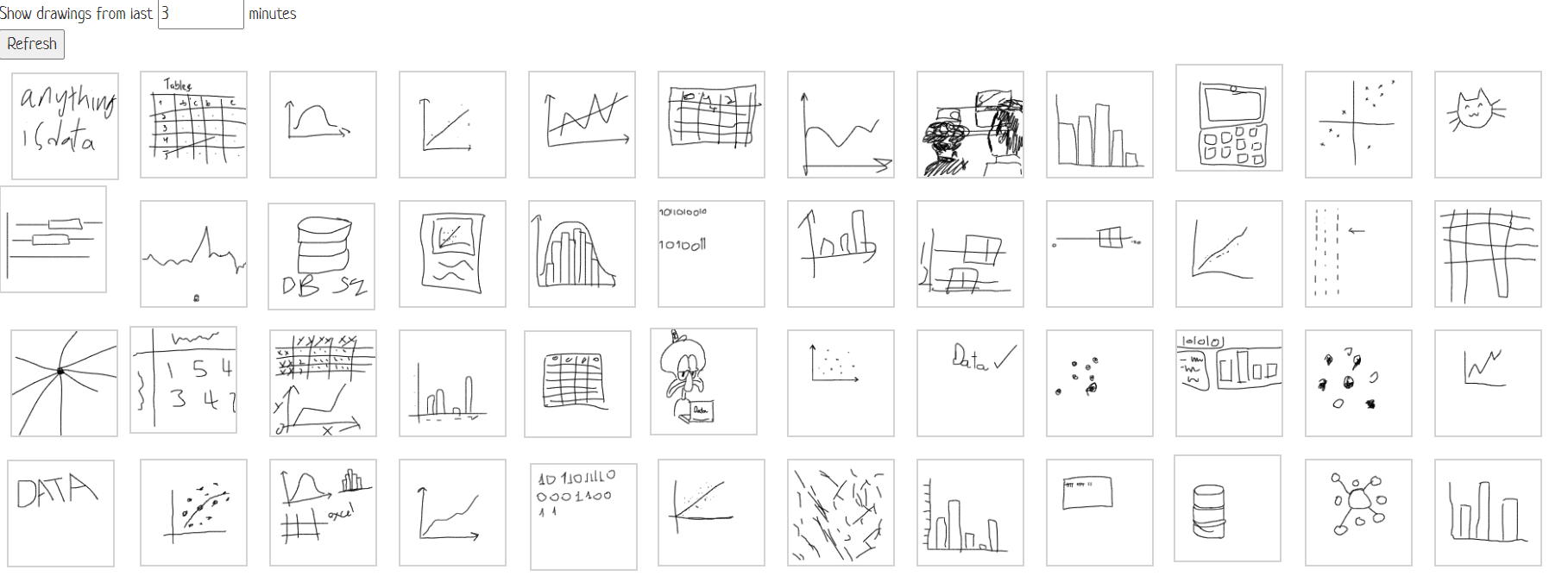
Figure 1 – Showcasing real-time interaction, Anna’s students present their data interpretations, setting the stage for collaborative analysis.
Content as activity
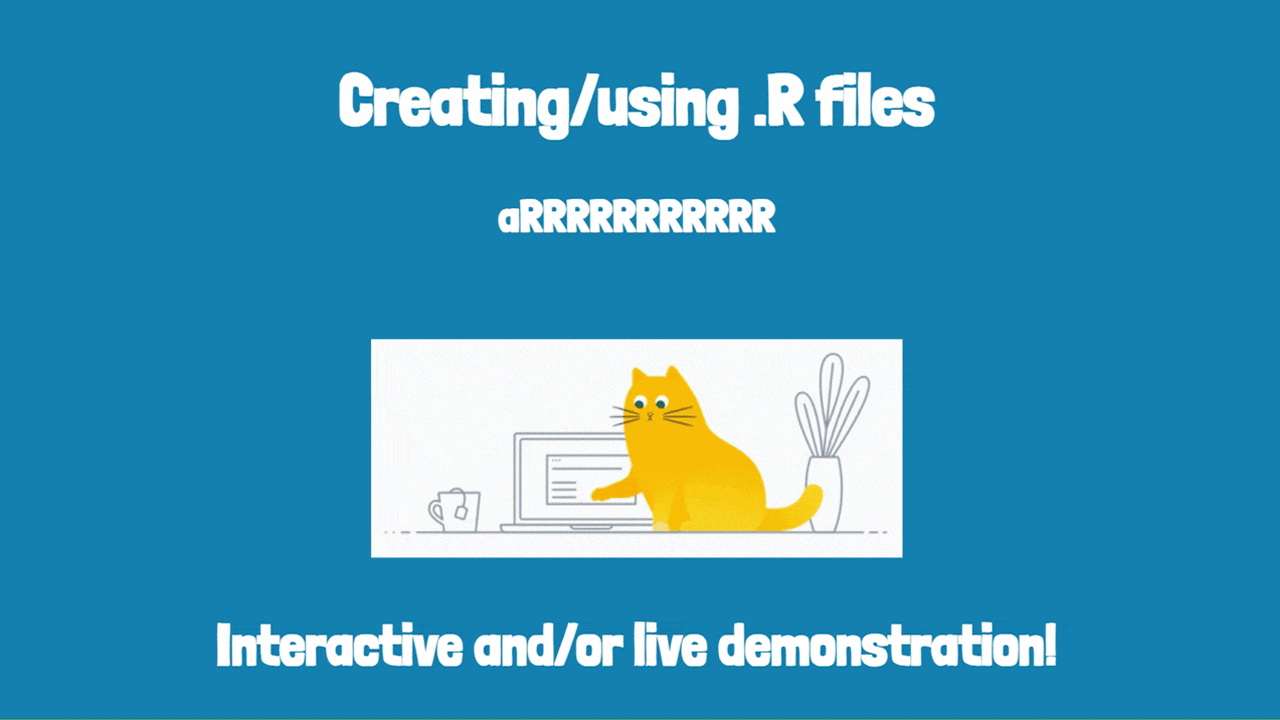
Figure 2 – The blue-background slides in Anna’s STATS 220 course signal an interactive learning experience, prompting students to actively participate and delve deeper into statistics.
In Anna’s STATS 220 course, there is no traditional coursebook. Slides are also used not as much to present content as a reference point to direct students to various activities that are integral to their learning. One cannot learn from merely looking at the slides; one has to participate and respond to them. Students are warned early on about the ‘blue-background slides’ which demand active participation. This hands-on approach ensures that students truly understand the material by actively engaging with it. Students are rewarded for their participation, as long as one engages actively with the contents of the online labs, following the instructions, 10% of the grade for lab activities are almost guaranteed. Besides, they have much fun along the way.
Paws, plots, and projections: the quirky side of stats
Anna’s passion for data and fun learning has inspired unique activities in STATS 220, often featuring cats as a relatable element. Her methods bring statistics to life with humour and awkward drawings. She even uses anonymised real-time student feedback for sentiment analysis, using that as an opportunity to teach the students about data tampering during the process.
The course’s quirky projects begin with designing a personal meme, challenging students to use their coding skills and creativity. This ensures not only an interactive and fun, but also an equitable experience for her students who often have different disciplinary backgrounds. Such tasks give everyone (including the Computer Science students, already familiar with coding) the opportunity to hone their communication skills and tap into their creativity.
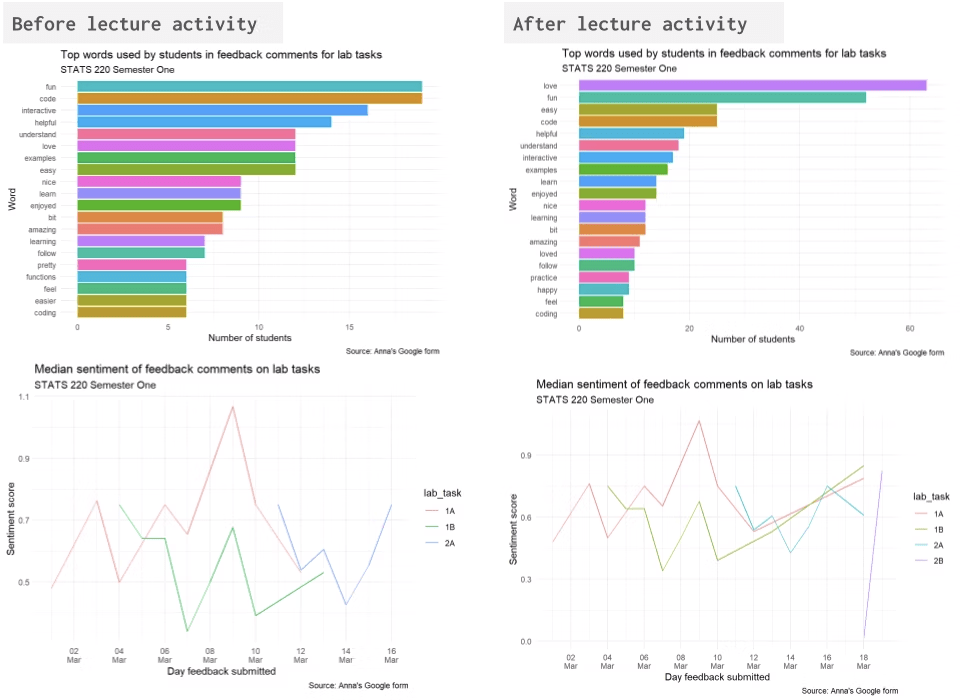
Figure 3 – From honest feedback to ‘love-bombing’ – Anna’s class learns the twist in data sentiment analysis before and after a classroom activity.

Figure 4 – Through another web-based app designed by Anna, students dive into small coding tasks, showcasing the active, technology-enhanced learning in her classroom.
Assessment for learning
Anna’s approach to assessment is thoughtfully designed to facilitate both learning and understanding. The course assessment features 11 lab quizzes (based on an online lab), plus a course success quiz, each with unlimited attempts, together contributing 10% to the final grade. Aside from a test and an exam, there are also five creative projects that make up 30% of the final grade. These projects offer students the flexibility to learn at their own pace while creating content that’s practical, purposeful, and uniquely theirs. Later, their projects form a portfolio showcasing their skills. Anna finds her students tend to feel proud of their work, which also helps maintain academic integrity.
Anna’s stepwise learning tool
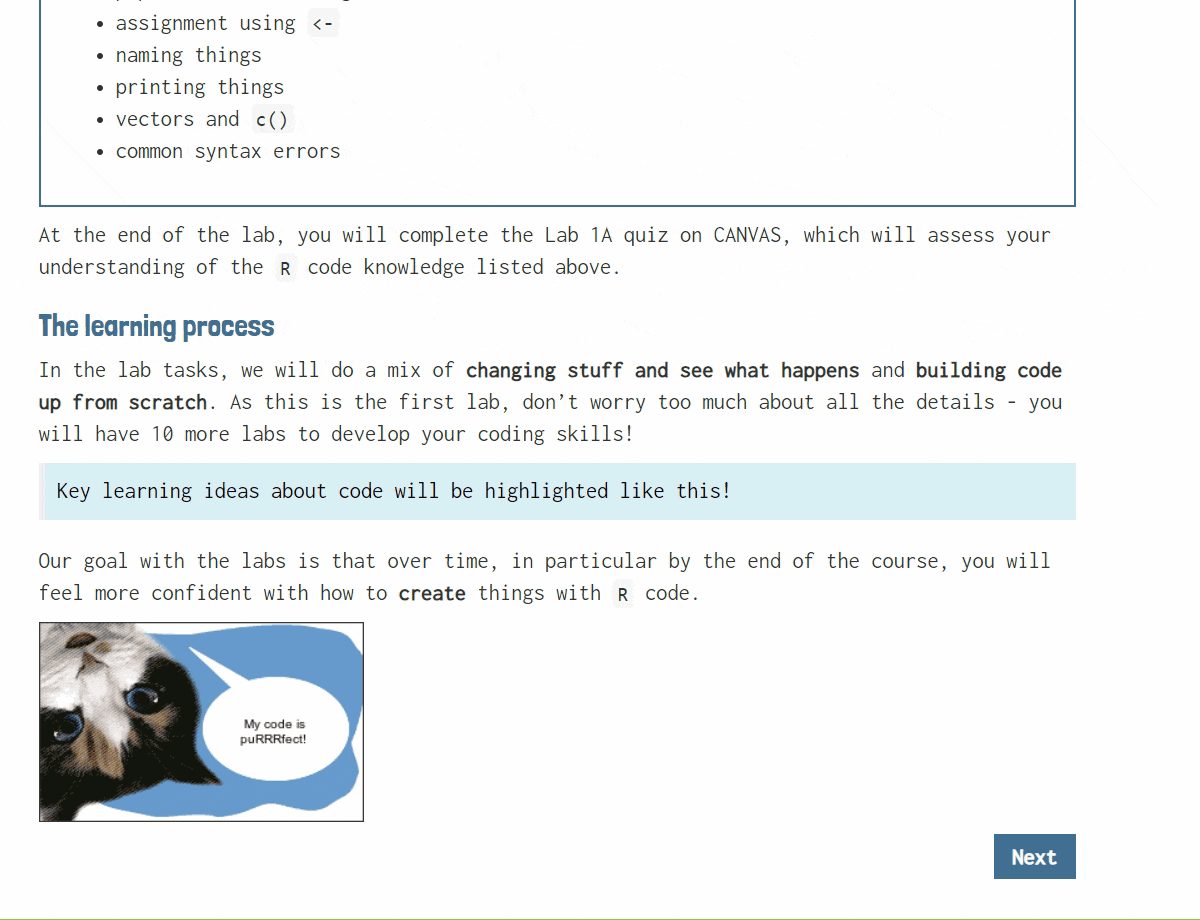
Figure 5 – Anna’s progressive reveal tool at work.
As part of her research into technology-enhanced education, Anna develops web-based applications and tools that support teaching statistics and data science. To help her students cope with the intensity of the STATS 220 course, Anna developed a tool that enables a gradual reveal of lab content on the screen. This tool ensures that students can process information effectively, with new content only appearing once they have understood the previous material.
We hope one day this tool will be available for broader use across disciplines.
Constant feedback and improvement
Anna’s openness to student feedback is another key factor in the success of her course. She continuously seeks out students’ opinions and uses their input to improve the course, ensuring that it meets their needs and remains effective.
Formative feedback is encouraged after each lab session; in addition to the online labs there are also twice-weekly drop-in labs available where students can address their concerns.
Despite the online nature of many course components, Anna maintains a high level of engagement and interaction with the students and teaching staff, fostering a genuine sense of community. Ed Discussions was added to Canvas as the chosen communication tool. In fact, having received a Scholarship of Teaching and Learning grant, Anna and her team are evaluating their use of Ed Discussion and developing pedagogically-grounded guidelines for using it, further showcasing how her efforts are making a real difference in the way we connect and learn in our digital classrooms.
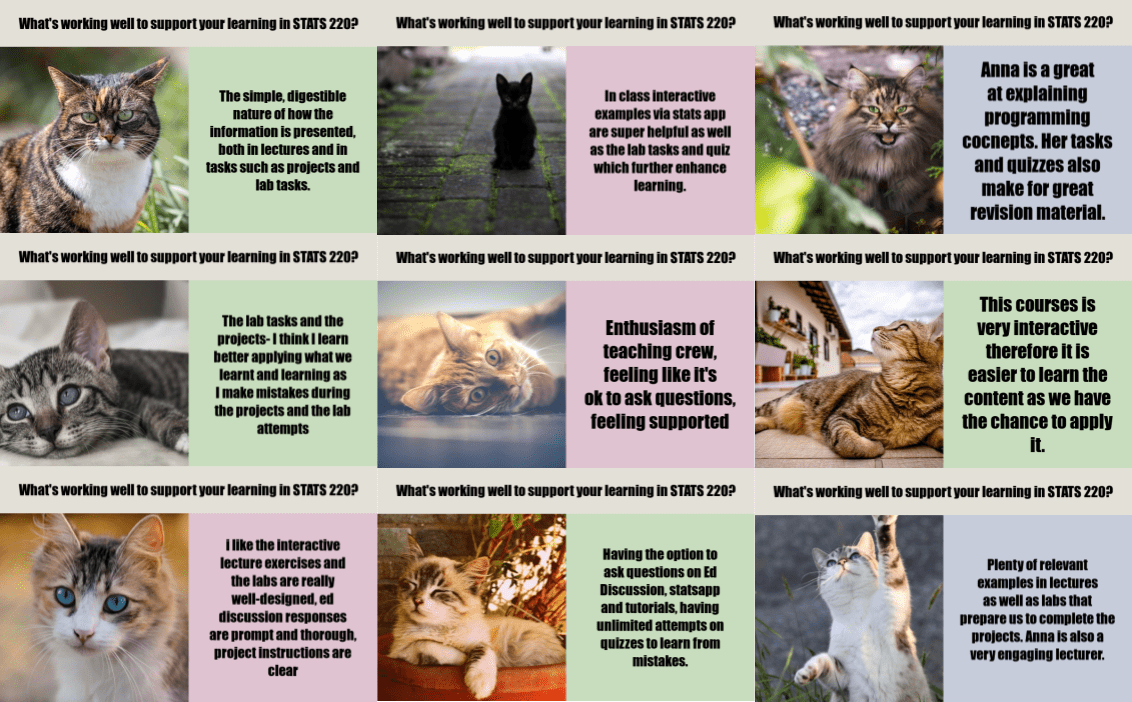
Figure 6 – Anonymised student feedback morphs into cat memes, capturing the lighter side of learning.
Overall, Anna has observed her course—which in Semester One 2024, experiences its third iteration—is only growing in student popularity and the amount of positive feedback. Anna took over the course in 2022, finding it steeped in traditional approaches to assessment design that focused on using the assignments and labs to prepare students for tests and exams. Recognising the need for a more dynamic approach, she embarked on a comprehensive redesign to prioritise student engagement and interactivity, transforming the course into a vibrant learning environment. In 2024, the course enrolment numbers increased from the previous year and reached its maximum capacity.
Inspiration for educators of any discipline
Anna’s story provides practical insights for educators looking to enhance student engagement. Her use of practical, creative, fun, and relevant tasks, combined with immediate feedback loops enabled by technology serves as a model for creating a dynamic and enjoyable learning environment. (Yes, that is possible also in large classes with hundreds of students!)
Anna’s teaching achievements have been recognised by grants and awards, including 2020 UoA Teaching Excellence Award for Early Career Excellence in Teaching, and the 2023 NZAMT Bevan Werry Speaker award.
Project resources
Anna’s passion for teaching statistics reaches well beyond the classroom. She runs an interactive blog Teaching Statistics is Awesome where she shares her teaching tips and tools, offering valuable resources to other stats educators, and beyond. Like her vibrant classrooms, the blog immerses readers in an interactive display where numbers and statistics come to life.
Anna also plays a pivotal role as a co-leader of R-Ladies network in Auckland, an inclusive community that promotes gender diversity in the R programming environment. She enriches the network by leading workshops and developing web content that embodies her innovative teaching approach.
Anna’s research is advancing the field of statistics education, leading to acclaimed peer-reviewed publications, including the award-winning paper ‘On Traversing the data landscape’:
- Fergusson, A., & Wild, C. J. (2021). On traversing the data landscape: Introducing APIs to data‐science students. Teaching Statistics, 43, S71-S83. https://doi.org/10.1111/test.12266
- Fergusson, A., & Pfannkuch, M. (2022). Introducing high school statistics teachers to predictive modelling and APIs using code-driven tools. Statistics Education Research Journal, 21(2). https://doi.org/10.52041/serj.v21i2.49
- Fergusson, A. (2023). Designing positive first experiences with coding for introductory-level data science students. IASE 2023 Satellite Conference, Toronto, Canada. https://www.stat.auckland.ac.nz/~fergusson/papers/fergusson_IASE_2023.pdf
- Slides from Anna’s Bevan Werry speaker keynote at NZAMT in 2023 – ‘Exploring data landscapes: Towards more personalised learning journeys’.
